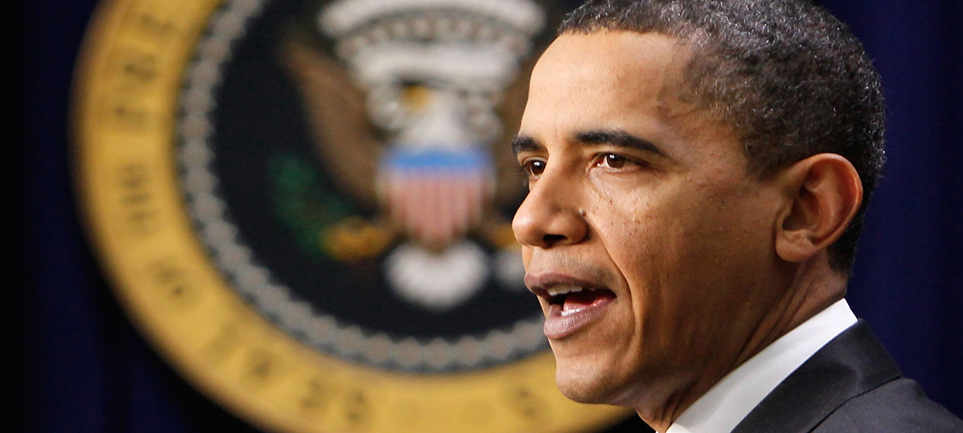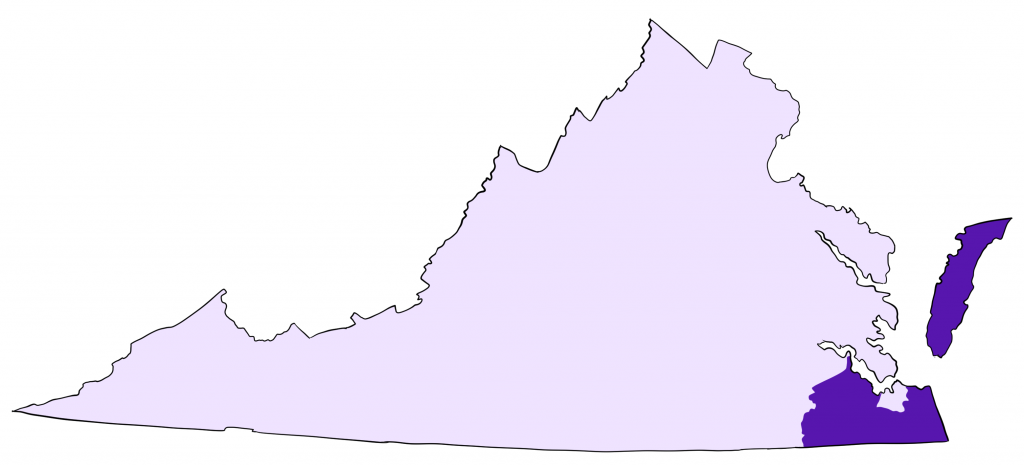By Shakira Mills
Just nine days into the New Year, President Barack Obama announced his plan to provide free community college tuition to future students. In front of an audience at Pellissippi State Community College in Knoxville, Tennessee, Obama proposed that students attending two-year institutions would have their tuition waived, while other expenses such as room and board or transportation would be taken care of via the Pell Grant.
The federal government would provide 75% of tuition expenses, and participating states would take care of the rest. The waiver would apply to students attending a community college part- or full-time, maintaining a 2.5 grade point average and planning to either attend a four-year institution or jump into the workforce. Obama also proposes requiring community colleges to provide credits that automatically transfer to universities.
According to the the activist organization Student Debt Crisis, students paid $16.7 billion in tuition and fees in 2012. The American Association of Community Colleges states that the average cost per semester of tuition for community colleges hovers around $3,347.That number represents about 21 percent of a typical student’s cost to graduate from community college, or about $16,325. A White House representative priced the plan at about $60 billion over the course of 10 years. Washington republicans see that as a “federal overreach.”
Student advocates say the plan will boost college enrollment and decrease the amount of after-college debt for future students. Senior Michele Johnson said she only wishes something like this plan was in existence when she first enrolled in college because his current plan “does nothing for existing or exiting students. This doesn’t take care of the loans we have to pay off as soon as we leave this joint.” According to the Washington Post, most members in the House think that a better way to spend $60 billion would be to expand the federal Pell Grant Program, making higher education just as accessible to aspiring students.
The maximum amount of Pell Grant funds awarded per student is $6,000, according to the Washington Post. With community college tuition being about $4,000, not counting costs for books, transportation, etc., Obama’s plan could disproportionately benefit“well-off” students, putting money in their pockets while giving in-need students the bare necessities. Sophomore Sydney Dorsey says that that is “similar to the nonsense that already occurs. The refund checks that students here receive are enough to pay off an entire winter and summer semester. That’s outrageous.”
According to the New York Times and the Huffington Post, with Congress being Republican-controlled, there is not much hope for Obama’s exact plan. However, their amount of interest in higher-education costs shows that a similar program could be passed. So even if Obama’s plan is not passed during his last year of presidency, the next president in office will have this matter on their to-do list.
The Huffington Post says Obama feels his plan goes beyond covering expenses. This strategy encourages more people to be educated beyond high school, which is a key component of competing in the global economy.



